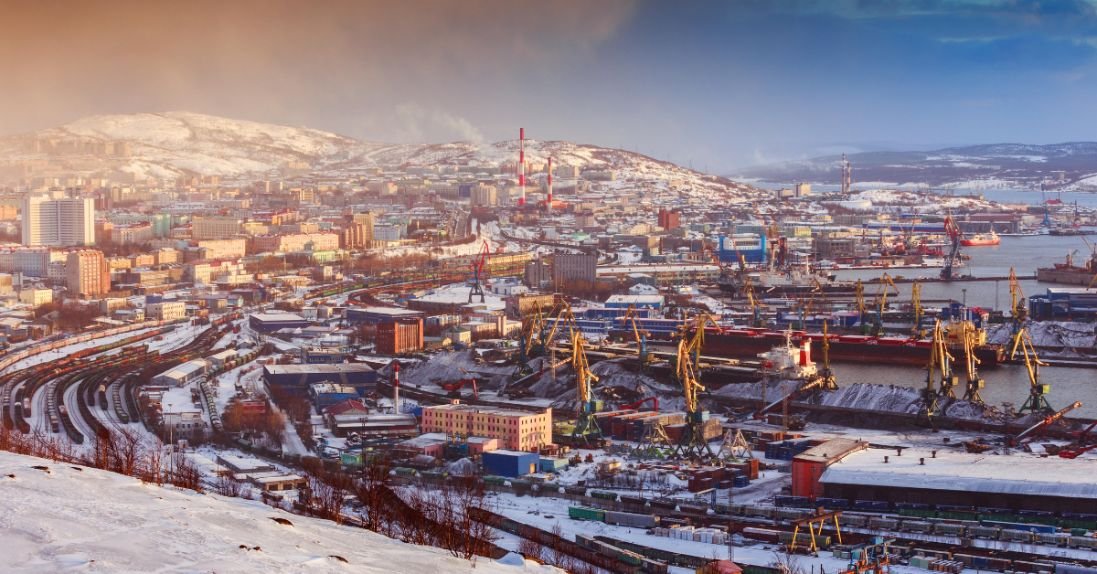The Northern Sea Route opens a new opportunity for shipping Russian oil to China
4 October 2024
With one month left of the navigation season, Russian crude oil shipments to China via the Northern Sea Route have broken last year’s record. This marks a development in the two countries’ cooperation that will be followed closely by the other Arctic states.
By Nanna Østergaard Nøhr, Security Analyst Intern
The Russian export of crude oil to China via the Northern Sea Route (NSR) keeps developing. So far this season around 10.7 million barrels of crude oil have been shipped via the NSR from Russian Baltic and Arctic ports to China. Compared with 10.5 million barrels last season and with still one month to go, this year will further prove the viability of the Arctic as an alternative shipping route for Russian oil to China.
Since the first test voyage in November 2022, oil tankers have navigated the NSR and provided the Chinese market with Russian crude oil. This development came in the wake of the EU ban on Russian crude oil, which forced Moscow to reorientate much of its exports to Asia. After the sanctions came into force, Beijing has been the largest buyer, receiving 47% of Russia’s oil exports. Transporting the oil via the NSR offers China the benefit of being around 30% faster than going through the Suez Canal – with the additional benefit to shipping companies to avoid the risk of Houthi attacks in the Red Sea.
Even with the shorter transit distance, shipping crude oil in ice-covered waters remains a high-risk option. The risk of oil being encapsulated in ice makes it much harder to isolate a potential oil spill. With Russia’s aging and vulnerable ‘shadow’ tankers, this risk is even bigger. Also, their questionable insurance coverage makes it very difficult to place responsibility to cover the cost in the event of an oil spill.
The risk of an environmental disaster will hardly slow down China’s import of Arctic oil. Beijing depends on Russian energy and the Arctic is home to some of Russia’s major oil and LNG fields. Moreover, China has been engaged in developing the NSR for a long time. As the Arctic becomes easier to navigate the potential for it being an attractive shipping lane between China and Europe becomes greater. Despite the advantages, Beijing remains cautious over getting too involved in the Russian Arctic. For China it is a fine balance between cooperating with Russia and avoiding secondary sanctions from important export markets like the US and EU. For the time being, a further increase in NSR shipping between the two countries is likely as long as it remains economically feasible and serves the interests of Beijing.
This season to date, no international transits have been registered on the NSR. This is not unusual but simply testifies to the fact that the development and use of the NSR has almost solely been a Russo-Chinese matter. This could imply a future risk of the NSR becoming isolated from any international control. Moscow’s claim to the NSR as a national transportation route and the two countries’ memorandum on joint Arctic coast guard activities might point in that direction. However, it is very important not to overestimate Beijing’s strategic interests in the Arctic. Nonetheless, any development involving closer cooperation between the two powers has the potential to significantly impact shipping in the region and will therefore be followed carefully by other countries with interests in the Arctic.
RISK ASSESSMENT REPORTS:
Empower your decision-making with Risk Intelligence's comprehensive risk assessment reports
Tailored to your needs, our reports offer in-depth analyses of threats for specific operations, regions, or routes. Whether it's the Voyage Risk Assessment for operational readiness or the Security Risk Assessment for strategic planning, our insights equip you with the knowledge to mitigate risks effectively.

